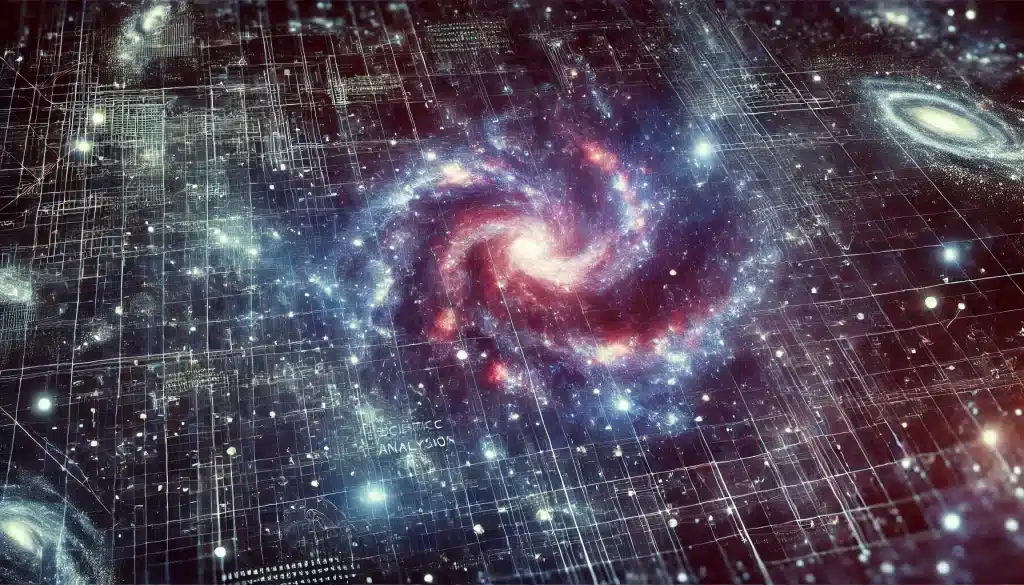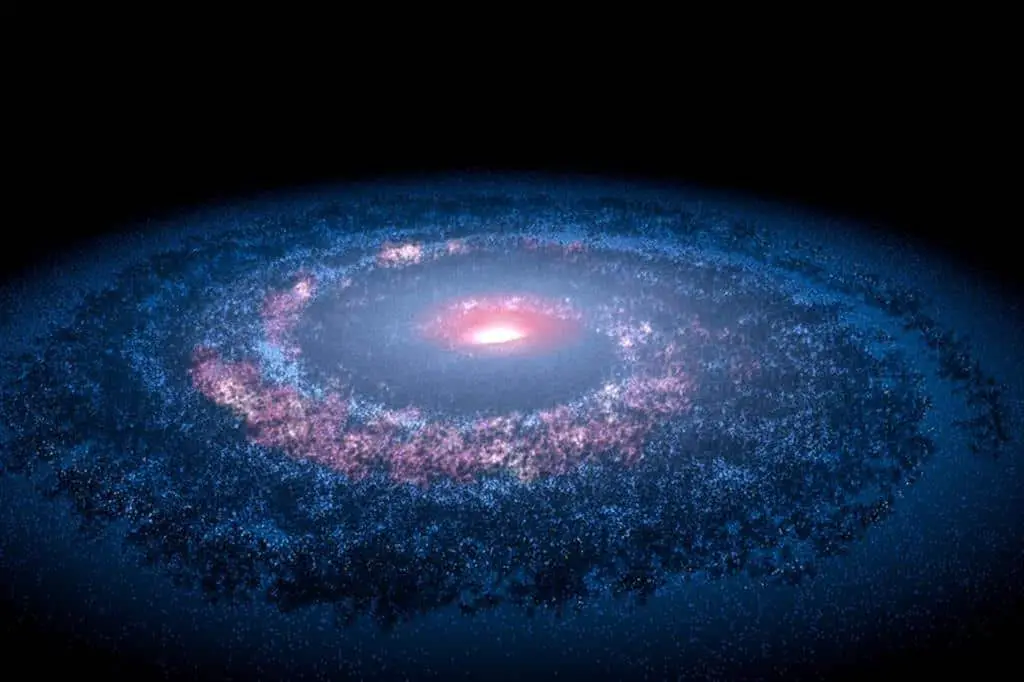For decades, the Lambda Cold Dark Matter (LCDM) model dominated cosmology, based on Big Bang theories. It proposed that theUniverse expanded from a hyperdense state, with the expansion of spacetime causing the Hubble light to redshift. The model integrated dark matter and dark energy to address the cosmic microwave background (CMB) and the unexpected darkness of distant supernovae.
New Theories About the Universe
Cracks have begun to appear in this once-reliable picture. Discoveries from the James Webb Space Telescope (JWST) show mature galaxies forming too soon after the supposed origin of the universe. Other anomalies, such as the “Hubble tension” and the late emergence of dark energy, suggest that cosmology may be facing a crisis.
While some scientists hope to modify the LCDM model to solve these problems, the discoveries of general relativity offer a completely different direction. In 2011, Jun Ni discovered new solutions to Einstein’s field equations for neutron stars, later expanded by Lubos Neslušan, Jorge deLyra, and others. These solutions, known as Ni-Neslušan-deLyra configurations, challenge standard cosmological ideas.
Unlike conventional models, these solutions describe a shell structure with a central void, where a repulsive gravitational field causes matter to be attracted towards the shell. This configuration produces gravitational redshifts and blueshifts, depending on the direction in which light travels within the shell, deviating from the standard flat Minkowski spacetime associated with spherical shells.
All the tensions in the LCDM model, including the Hubble tension and supernova obscuration, could be explained if our observable universe were concentrated in a thick Ni shell. The Milky Way is close to the center in what is known as the KBC Void. Although this placement conflicts with cosmological principle, evidence from quasar counts and other observational anomalies may support it.

In this Shell Universe of Ni , the Hubble redshift could be due to the gravitational redshift caused by the shell, not just the expansion of spacetime. The Hubble tension would be explained by changes in gravitational forces as one moves away from the center, and the concept of dark energy would no longer be necessary.
The Ni solution could potentially merge with the LCDM in a hybrid approach, similar to Rajendra Gupta’s “CCC + TL” model. The dimming of supernovae could arise from Ni redshifts, making objects appear farther away than they actually are. However, the Ni model could extend much deeper than simply resolving current cosmological tensions.
Recent observations of high mass density in the early stages of the universe suggest that it may have so much mass that it resembles a black hole. In this scenario, a new cosmological model could emerge, in which spacetime is made up of photon filaments that interconnect all the masses, an idea proposed by Arto Annila and colleagues. These filaments, composed of overlapping pairs of photons, could play a key role in the functioning of gravity.
In this black hole cosmology, all radiation would be confined within the cosmic interior. The CMB may have originated from gravitational energy trapped during the formation of the shell, perhaps leading to a cosmological cycle for gravity and a force similar to Einstein’s cosmological constant, Λ.

Gravity, in this model, would arise from the absorption of CMB photon energy in spacetime filaments, bringing the masses closer together. Meanwhile, the Λ force would return the absorbed energy to the photons, pushing the masses apart. This configuration corresponds to the Ni solutions, where gravity and Λ are driven by inward-moving red-shifted waves and outward-moving blue-shifted waves, respectively.
A Ni-shell black hole universe is also testable. If valid, the CMB temperature inside the shell would be about 29 K, with the lowest temperature near the center approaching 0 K. Our current CMB temperature of 2.73 K could indicate that the Milky Way is displaced from the center of the universe. Measuring CMB temperatures at different locations could provide a simple and direct test of this model.
If the universe itself functions like a black hole, this suggests that all black holes share the same structure, including a shell configuration and gravity/Λ loops. Regardless of the mass of a black hole, they would produce the same “maximum luminosity,” regardless of size.
For smaller black holes, this process would require more energy to prevent collapse. In rapidly rotating black holes, the Ni shell could collapse into a torus, which could explain the surprising images of supermassive black holes.
#Universe #Black #Hole
